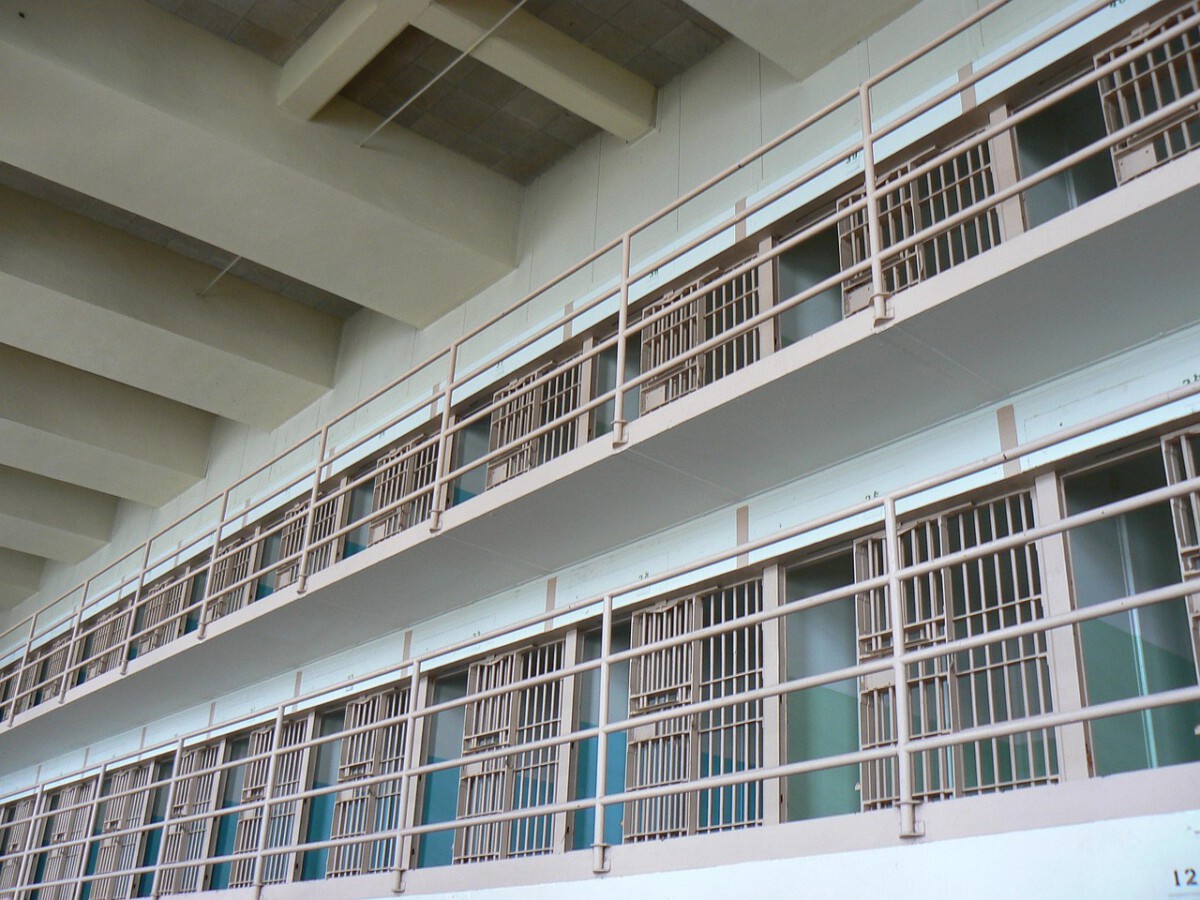
A Shocking Reality Behind Bars (Image Credits: Pixabay)
Imagine the dim flicker of emergency lights cutting through the shadows of a locked cell, where every rumble of thunder outside heightens the fear inside.
A Shocking Reality Behind Bars
Recent reports paint a grim picture of prisons where inmates with epilepsy face unnecessary risks every day. In the UK alone, a review of over a hundred deaths revealed that epilepsy played a direct role in many cases, often when simple precautions could have saved lives. These aren’t isolated incidents; they’re part of a pattern that’s raising alarms among watchdogs and advocates.
Prisoners locked away in solitary cells during seizures have little chance of timely help, turning what should be manageable health issues into fatal events. The Prisons and Probation Ombudsman has flagged this as a systemic failure, urging immediate changes to protect vulnerable people.
Yet, the problem goes deeper than daily routines. External threats, like severe weather, make everything worse by straining already thin resources.
The Hidden Toll of Epilepsy in Custody
Epilepsy affects far more people behind bars than in the general population, with studies showing rates up to five times higher. Stress, poor sleep, and inconsistent medication access all fuel uncontrolled seizures. In one heartbreaking case after another, inmates have been found unresponsive in their cells, hours after a seizure struck.
Experts point out that sudden unexpected death in epilepsy, or SUDEP, hits prisoners over four times harder than the outside world. This isn’t just bad luck; it’s a direct result of isolation and inadequate monitoring. Families left grieving wonder how such oversights keep happening in a modern system.
When Hurricanes Hit: Disaster Amplifies the Danger
Natural disasters like hurricanes don’t spare those inside prison walls, and for epileptics, the chaos can be deadly. Power outages mean no lights for spotting seizures, flooded facilities disrupt medical deliveries, and evacuations often leave the most vulnerable behind. Recent storms in places like Florida have trapped thousands, with reports of neglected care during blackouts.
In the UK, while hurricanes are rarer, extreme weather events are on the rise, testing prison preparedness. Imagine a seizure hitting amid storm-induced blackouts – no staff nearby, no way to call for help. Advocacy groups warn that without better plans, these events could spike epilepsy-related deaths even further.
The overlap is clear: everyday prison risks become catastrophic when Mother Nature joins the fray.
Voices Calling for Change
The Prisons and Probation Ombudsman isn’t holding back, labeling these deaths as preventable and pushing for policy overhauls. Organizations like SUDEP Action are writing to ministers, demanding better training for staff and routine health checks for at-risk inmates.
Survivors and families share stories that hit hard, highlighting how small adjustments – like buddy systems or seizure-alert tech – could make a world of difference. Still, progress feels slow, with calls growing louder as 2025’s weather patterns turn more unpredictable.
Steps Toward Safer Custody
Reforms aren’t pie-in-the-sky ideas; they’re grounded in evidence. Prisons could start by ensuring all epileptic inmates have emergency action plans, including who to alert during a seizure. Medication management needs tightening too, with no more delays that lead to crises.
For disaster prep, facilities should prioritize backup power for medical areas and clear protocols for moving vulnerable prisoners. Training staff to recognize seizures early could save lives, plain and simple.
- Implement 24/7 monitoring for high-risk inmates.
- Stockpile extra medications ahead of storm seasons.
- Partner with health experts for regular epilepsy audits.
- Reduce solitary confinement for those with chronic conditions.
- Invest in affordable tech like wearable seizure detectors.
Lessons from Global Echoes
Across the Atlantic, U.S. prisons have faced similar scrutiny after hurricanes left inmates in dire straits, with epilepsy cases worsening in the aftermath. These stories serve as warnings, showing how interconnected health and environmental risks are. In Canada, a detainee’s death from epilepsy in custody sparked investigations into flagged health needs being ignored.
What ties it all together is the human element – people stripped of basic safety nets, whether by routine neglect or sudden storms. Addressing this requires not just fixes, but a shift in how we view care in confinement.
Key Takeaways
- Epilepsy deaths in prisons are often avoidable with better monitoring and medication access.
- Disasters like hurricanes multiply risks, demanding robust emergency plans.
- Urgent reforms could prevent tragedies and uphold basic human rights.
At its core, this crisis boils down to one truth: no one should lose their life to a condition that’s treatable, especially not in a place meant to rehabilitate. It’s time for prisons to step up, blending compassion with common sense. What steps do you think could make the biggest difference? Share your thoughts in the comments.





